A year after George Floyd’s death, Black women urgently need new tools to safeguard our people from police
People in Downtown Los Angeles protest the brutal Police killing of George Floyd. – Los Angeles, California / USA – May 28, 2020 (Shutterstock)
By Lonnae O’Neal, The Undefeated
I am dreaming of ways to keep Black children safe from the police.
I am scheming up scenarios where Black people have only prosaic stories to tell about traffic stops, and driving off with a ticket is the worst thing that happens.
I am part of a self-authorized order of Black women whose most urgent job has always been to protect our communities. With the anniversary of George Floyd’s death upon us, and videos of police brutality and abuse surfacing almost daily, we are summoning our powers and petitioning our oldest gods to keep us from the reach of those flashing lights that signal such destruction.
The conviction of former Minneapolis police officer Derek Chauvin for the murder of George Floyd last month was seen as historic. According to the Henry A. Wallace Police Crime Database, only seven of the 140 on-duty officers charged with murder or manslaughter since 2005 have been convicted on those charges. There was speculation about whether the verdict meant the U.S. had reached a judicial inflection point, and if police accountability is an idea whose time has finally come.
But whatever it was, the verdict was only possible because of the steady hand of a Black 17-year-old girl named Darnella Frazier who used the tools of the culture to shift the lens on policing. Her nearly 10-minute cellphone video forced the nation to grapple with Floyd’s murder, which he narrated in real time as he called out in anguish to his dead mother. Frazier’s clarity and composure put her on the front lines of the movement for social justice. It fixes her in the tradition of those young people who, decades ago, picketed, marched and protested for civil rights.
And it roots her in the order of Black women who use whatever’s at hand to better our odds.
History teaches us that racial change usually comes after great sacrifice, typically of Black people. Just like in the movies, America requires a steady diet of Magical Negroes to journey toward enlightenment.
Those who are saintly enough, or suffer enough, help transform white people into their better selves. Well, that doesn’t work for us. We demand change without the requirement of spectacular Black death. So we have to change the lens again. Let’s find a way to test – nonviolently – the real national tolerance for brutality, and extend it into modern-day police encounters.
What if the drama departments at Howard or Morgan State universities (or Yale or USC) take videos in which police kill or brutalize Black people, and re-create them, frame by frame, except with one change. What if they create a photo negative in which the police officers are Black, and the victims of policing are white.
What could happen if these videos were released theatrically, or went viral online? What if white people had to reassure their frightened youngsters that these incidents hadn’t actually happened to people like them, they’d happened to people like us. I wonder if some would change their minds about whether most police killings are justifiable, or better yet, necessary. If white people would muse out loud about how things could have turned out so differently if the white victims had simply complied with screaming, aggressive Black officers. Actually, I wonder if every single notion about what constitutes resistance or compliance isn’t up for reconsideration when the victims are white.
John Grisham’s 1989 debut novel, A Time to Kill, which was later made into a movie, explored this idea. A Black father is on trial for murdering two white men who raped his 10-year-old daughter. He’s acquitted when jurors are asked to consider whether they’d convict a white father for killing two Black men under the same circumstances.
Let’s apply that frame to the recent killing of Ma’Khia Bryant. The day after the Chauvin verdict, a Washington Post editorial cautioned against a rush to judgment about a Columbus, Ohio, police officer’s decision to shoot Bryant, who was charging toward another young woman with a knife.
That, of course, puts the emphasis in the wrong place. The society that is having that argument has already lost. The editorial elides right past the biggest what-if. What if a Black police officer had pulled up to a crowd of white teenage girls in a knife fight and shot one of them dead within seconds? What’s the over/under on a rush to judgment if that were the case? Re-create the video of Bryant’s shooting, frame by frame, but recast Bryant as a white girl.
Police forces are overwhelmingly white and male, but we don’t have to get caught up in that. These tests could portray the officers as white, or Hispanic, or Asian or Black. Don’t make it about the race of the officer, make it about the race of the victim. Put it to the test that matters most in America. And just to be clear, let us reimagine/re-create these videos not because we wish this kind of violence upon anyone else, but to show how utterly intolerable it is for us.
I’m not just thinking of after-the-fact videos to reframe deadly police interactions. What kind of reframing can we do to stop them in the moment?
In the wake of the 2015 police killing of Freddie Gray in Baltimore, a police union official noted one of the top complaints from Black people was that police “didn’t know how to talk to them.” Last year, when I interviewed Lorenzo Boyd, director of the Center for Advanced Policing at the University of New Haven and a former officer with the Suffolk County Sheriff’s Department in Massachusetts, about Black people being arrested for not wearing masks, he talked about officers who don’t know how to de-escalate effectively, or don’t even try.
In 2014, a Cleveland police officer shot 12-year-old Tamir Rice within two seconds of pulling up next to him as he played with an airsoft-type pellet gun in a park. Last December, Andre Maurice Hill, 47, was holding a cellphone when Columbus police shot him less than 10 seconds after walking up to him inside the garage of a house where he was visiting.
When the police come in so hot, they can’t rightly call anything that follows an accident. When they pull up with guns drawn, cursing and screaming, they shorten the margins for human error or even basic human wiring. They limit possible non-lethal outcomes, then use the tension and anxiety that they themselves created as their justification for killing people.
To buy people more time for de-escalation, maybe developers could come up with voice-activated apps that function like an ADT or OnStar system and begin video recording encounters with police, and send them to call centers staffed by lawyers or watchdogs. Perhaps social justice entrepreneurs could invent vehicle video systems that signal to the police, before they approach the car, that this stop is being recorded and the footage is going live to Instagram or Facebook. Maybe car manufacturers could include a multi-speaker sound system that loudly repeats the state or local Law Enforcement Oath of Honor to serve and protect.
Or it loops that song by Third World, “You’re Playing Us Too Close.”
Maybe mothers of Black high school athletes should demand reports from college recruiters on the records of state and local law enforcement – a new green book – and prioritize having their sons and daughters play at schools where Black bodies are safest.
Like Frazier, we need to find tools to change the culture to buy Black people more time, for encounters with the police to turn out differently. To come up with something, anything, to solve for what Black people need right this second, which is to live.
Some will question whether these ideas will endanger officers’ lives. But according to Boyd, “… while there are some bad guys out there gunning for the police, more police officers die by suicide than by homicide.” And when departments across the country have, collectively, resisted change for so long, leaving so many people dead, arguments over interference are not something that can be entertained in good faith, at least not by the order of Black women that I belong to.
I don’t know if any of these ideas would work, I just know America has to change, now. The order of Black women I belong to demands it. We are here, urgently conjuring ways to buy more time for Black people and to use that time to the best of our ability, with all of our might.
As always, to live.

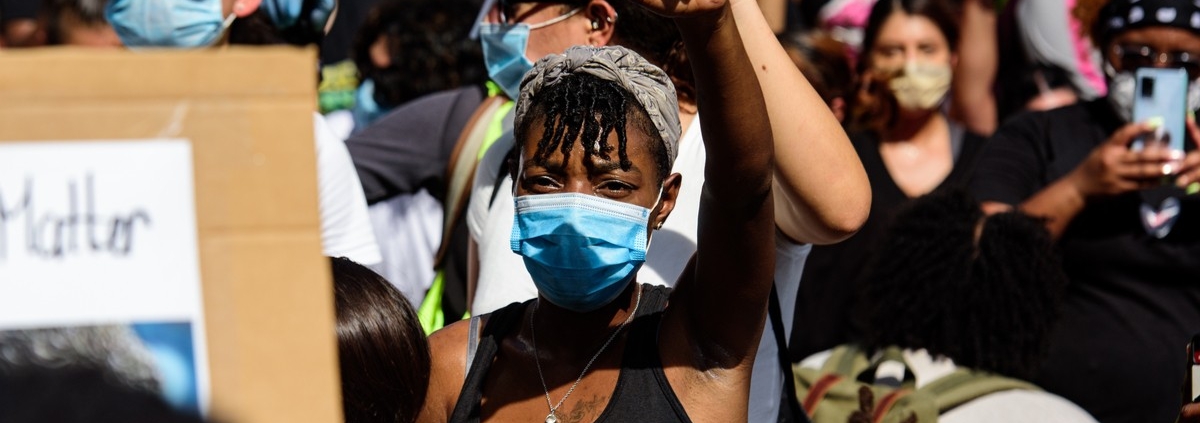
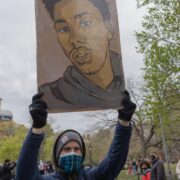
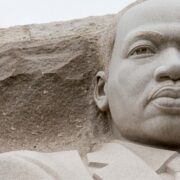
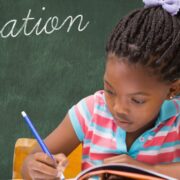
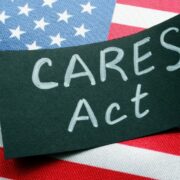

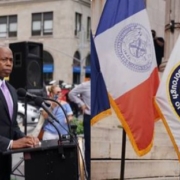
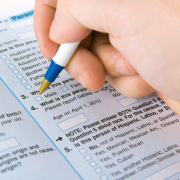
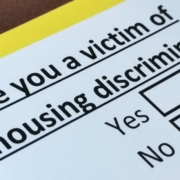


Leave a Reply
Want to join the discussion?Feel free to contribute!